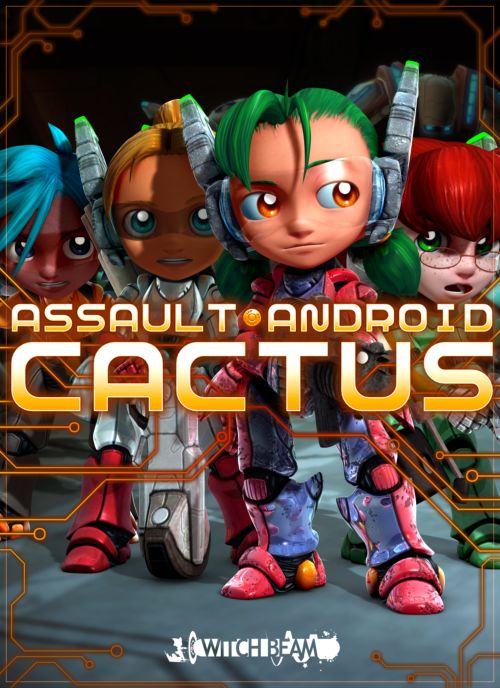


But you can change this in the options menu, which works to prevent potential hand cramping during long play sessions. By default, you need to hold down a trigger button to fire, in addition to aiming with the right analog stick (or mouse), because not all of the weapons are meant for rapid fire, like Shiitake’s railgun. Lemon has a spread shot along with rockets. Coral has a shotgun, which is strong and has a wide but short range, along with a plasma field, which will place a small bulb of destruction that will crush anything that comes near it. For example, Cactus has a standard machine gun, along with a flamethrower, which is short ranged but very powerful. Each has two types of attacks, a regular shot, which can be fired at will, and a more powerful alternate weapon that can only be used for a second or two before it needs to cool down. Though there’s only one at the beginning – the titular green-haired Cactus – you’ll unlock more of them as you progress through the game, with nine in total.

You control a squadron of cutesy little androids, fighting hordes of sentient robots that have run amok on a spaceship. In 2015, Australian game studio Witch Beam revitalized the twin-stick shooter with Assault Android Cactus, which takes the classic template of Robotron 2084 and Geometry Wars, and fuses them with the scoring mechanics and bullets patterns of a modern Japanese shoot-em-up. However, it was so popular that it was followed up by so many similar games – Housemarque’s Super Stardust HD, Queasy Games’s Everyday Shooter, Sierra’s Assault Heroes, half a billion XBLIG games featuring zombies – that the revival was run into the ground. When Geometry Wars was released for the Xbox 360 in 2005, it sparked a resurgence of arcade-style dual stick shooters.


 0 kommentar(er)
0 kommentar(er)
